An overloaded camper is not a happy one
By Dave "Odysseus" Stamboulis
So you’re tired of hauling the proverbial kitchen sink out on your back on your summer backpacking trips, as well as of standing on trail either in awe or envy as hikers, some of them much older or looking in lesser shape than you are, pass you by whistling as they walk, a bounce in their step, and carrying packs that make yours look like an overloaded 18-wheeler. Plenty of hikers, whether weekend backpackers or longer trail aficionados, are making the move to lightweight or ultralight gear, and here are a few primers to get you started on your way to happier and healthier hiking.
What is Ultralight Backpacking?
There’s no set magic number you’ve got to hit to become an ultralight backpacker. Purists may argue that if your base weight (everything in and including your backpack other than consumables like food, water, and fuel) isn’t under 10 pounds, you really aren’t ultralight, but if your base weight has been 30 pounds for the past decade and you get it to 20, you’re already on the road to riches. 15 pounds is considered a great target if you’re looking to go lighter, yet not compromise on warmth, safety, or comfort, and still have everything you’ll need to do extended three-season backpacking trips.

A sub-15 pound pack makes for safe, comfortable, and faster backpacking
Why Start Backpacking?
Backpacking not only keeps you in shape without having to go to the gym, it gets you out in the wilderness, away from cars, roads, and makes you privy to alpine lakes, wildlife sightings, and forever-vistas that your average tourist isn’t going to see. Once you shell out for some initial gear, it also offers a relatively far more affordable vacation, escapes the crowds, and teaches plenty of self-reliance skills, as you become more familiar and comfortable with carrying everything you need to survive and enjoy yourself on your back.
Essential Gear & Starting Out: Trimming the Big Four
It might seem bewildering knowing where to start reducing pack weight, but you can actually do the most immediate weight shedding via your most important and biggest items, namely your pack itself, your tent, and your sleeping system (sleeping bag and pad). Old-school rucksacks weighed in excess of 4-5 pounds, whereas today’s ultralight packs are usually around 34 ounces or less. As you will be carrying less and lighter gear, forget about that 65-liter monster and don’t go larger than 50 liters. All of the latest ultralight packs also feature plenty of large stretchable pockets for stuffing everything from tents to raingear and more. A lighter load means you don’t need heavy external frames anymore, and if you do need more support, check out some of the Six Moon Designs packs, where you can choose a vest harness that features a unique 6-point connection between the pack and your body, which transfers weight to your core, eliminates sway, and takes a load off of both your shoulders and hips.
Traditional tents tend to be the heaviest item outside of your pack itself, often weighing well over 5 pounds. Enter exciting new fabrics like dyneema composite fabric (DCF), which is light, high strength, and waterproof, or ultralight silicone coated nylon. There’s a staggering array of weight saving options when it comes to shelters, either sticking to a traditional tent that uses carbon fiber poles, or even lighter shelters that use your trekking poles for setup. Six Moon Design's 2-person Wild Owyhee can be set up using your trekking poles, and weighs a grand total of 16 ounces, meaning just a quarter pound per person! You can use a tarp, a hammock, or a variety of single and double wall shelters that don’t go past 2 pounds, offering plenty of comfort.

Ultralight setup for hitting the high elevations of the Colorado Trail
Sleeping bags often weigh 3-4 pounds, at least they used to. These days, quilts have become the norm for ultralight hikers, eliminating zippers and a hood and focusing the main material of the bag on areas that need the most warmth. Down is worth its weight in gold, as well as the considerable investment to purchase a good bag, but don’t buy any of the reports you read telling you not to carry down if you are going somewhere wet. Ensuring that your pack is waterproofed (either itself or by using waterproof packing inside) means your bag won’t be wet during the day, and as most shelters are solidly waterproof as well, it should stay fairly dry while in the tent as well. Most down bags today also come with a water-resistant covering, and its warmth to weight ratio cannot be ignored. A down quilt or bag rated to 20 degrees can be had today at sub-2 pounds, check out Feathered Friends or Katabatic Gear for some snazzy options.
Sleeping pads have also gotten lighter without sacrificing any comfort or warmth. The latest air mattresses go down as low as 12 ounces, while many thru-hikers use even lighter closed cell foam pads, although these are neither as comfortable or as high in R-value (warmth ratings) as air pads.
Multiple Use Clothing and Layering
If your sleeping system, pack, and tent are down to 6-7 pounds, you are well on the way to becoming ultralight. The next items on your packing list will be your clothing, which should involve a layering system. Wicking base layers, followed by a second warm and breathable layer, followed by a warm layer mainly for camp, and then an outer layer for rain, wind, and snow. A decade ago, most hikers had bulky GoreTex rain jackets, which while waterproof, didn’t really breathe at all, meaning you could be as wet from sweat inside as from rain outside. These days, you can choose from rain jackets like the Outdoor Research Helium, which weighs all of 5 ounces, to even variations on traditional rainwear, like wearing rain kilts instead of pants (far more breathable), dyneema ponchos that cover one’s pack, body, and even turn into a shelter when strung up. Even better yet, pick up one of Six Moon Design’s carbon fiber umbrellas, which can be attached to one’s pack leaving hands free, as well as providing protection against sun as well as moisture.
Ditch Your Heavy Boots

Long distance hikers today are choosing trail runners instead of boots
While heavy hiking boots provide stability, you don’t quite need as much once your pack is that much lighter. These days, most long distance thru-hikers walk in trail runners, which take far less energy to put miles on in. Today’s trail runners feature Vibram soles for traction, have plenty of cushion, offer rock plates to protect against stones, and dry quickly when wet. Old-school boots might be great for off-trail technical terrain, and for trips doing short mileage, but get them wet and they take forever to dry, which can lead to blisters and trench foot, and while your pack comfort may be paramount, healthy and happy feet are probably the most important component of any long distance hike.
How to Not Starve in the Woods
There are tons of instant backpacker meals available on the market today, where you just add water and wait ten minutes and presto, you’ve got your breakfast or dinner. Good to Go is a company run by a former professional chef and restaurant owner that offers superb high caloric and delicious meals for backpackers. While you want to try and limit your food weight to around 2 lbs per person per day, you still need to aim to get as many calories as you can, trying to get an array of healthy fats and protein. Nut butters, energy bars, seeds, granola, dried fruits, all of these can be great calories-for-weight winners. Instant potatoes and couscous take little cooking time (less fuel) and just adding a pack of tuna, handful of bacon bits, and some parmesan cheese can make a tasty, nutritious, and lightweight meal. On long trips, high calorie junk food can be useful, but beware of those that are nothing but pure sugar, as your energy highs will be followed by some major lows.
Other Essentials and Survival Needs
Gone are the days of heavy stoves and fuel. Canister stoves like the MSR Pocket Rocket weigh a couple of ounces and paired with a titanium pot or cup can keep your kitchen from turning into the sink. Some ultralight hikers today don’t even include a kitchen anymore, opting instead to “cold soak” their meals in a light plastic jar. Former essential backpacking items like Swiss army knives have been replaced by ultralight tools like the Leatherman Squirt, Nalgene bottles have been replaced by Smart Water bottles, and everything from water filters to pack liners are now being made in ultralight versions.

The fine art of dialing in your gear and shedding pounds. Full kit for a thru-hike.
As you start lightening up your load though, don’t forget to keep essential items like a basic first aid kit, some sort of firestarter, and navigation tools (phone apps and GPS devices have replaced heavy maps and compasses, but do remember that electronic devices can and will fail). And while your focus may be on going as light as possible, do remember to bring enough gear to match the conditions and research well the area you are heading to, checking current weather reports, and knowing the route, should you need to resort to any Plan B.
Things I Wish I Knew

Plenty of time to linger and smell the flowers with a lighter load.
My traditionalist backpacking setup involved a 5 pound pack, a 3 pound bag, 2 pound mattress, and 5 pound tent, whereas my current setup features a 32 ounce pack, a 25 ounce bag, a 12.5 ounce pad, and a 32 ounce tent (which is for two people!), which means I’ve swapped 15 pounds for a little over 6 pounds! Looking back on my long backpacking career, I wish I’d gotten more trail skills and technical know-how such as navigation and orienteering or how to best pitch a tent in the wind or snow from an earlier age. This probably would have made me far less gear-reliant and comfortable carrying less.
Conclusion
Do the math, read the reviews, practice before you hit the trail, and find the equipment that fits and works for you. With a lighter load your body will be faster, happier, and you’ll be enjoying the alpine lakes and wildflowers an awful lot more.
About The Author

Dave Stamboulis is a true world nomad. Born in Greece, raised in San Francisco, and for the last 30 years, has called Japan, Nepal, and Thailand home. Dave spent 7 years bicycling 45,000 kilometers around the world, subsequently writing an award-winning book (Odysseus’ Last Stand) that launched a career as a travel writer and photographer. He took up mountaineering, trekking and climbing in every major mountain range on the planet, from the Himalayas to the Andes, Patagonia, the Alps, the Ruwenzoris, the Pamirs, and other off-the-beaten-path destinations.
Dave and his Filipina wife Raquel were spending three months in Colombia and decided to jump over to Cuba for a two-week trip when Covid broke out, forcing them to abandon all their gear in closed Colombia and go to the U.S. They replaced all their old heavyweight equipment with new lightweight gear, and decided they better go test it out, first doing the Colorado Trail, followed by the Arizona Trail. 2022 finds them based in Guatemala, preparing for thru-hike of the PCT, and they still have a bucket list of adventuresome walks lined up for the future, including the Balkan Trail, the TransCaucasus, and the Corsica High Route. When not on trail, Dave spends way too much time being pickier about which IPA he’ll drink, and hopelessly trying to lighten his load.


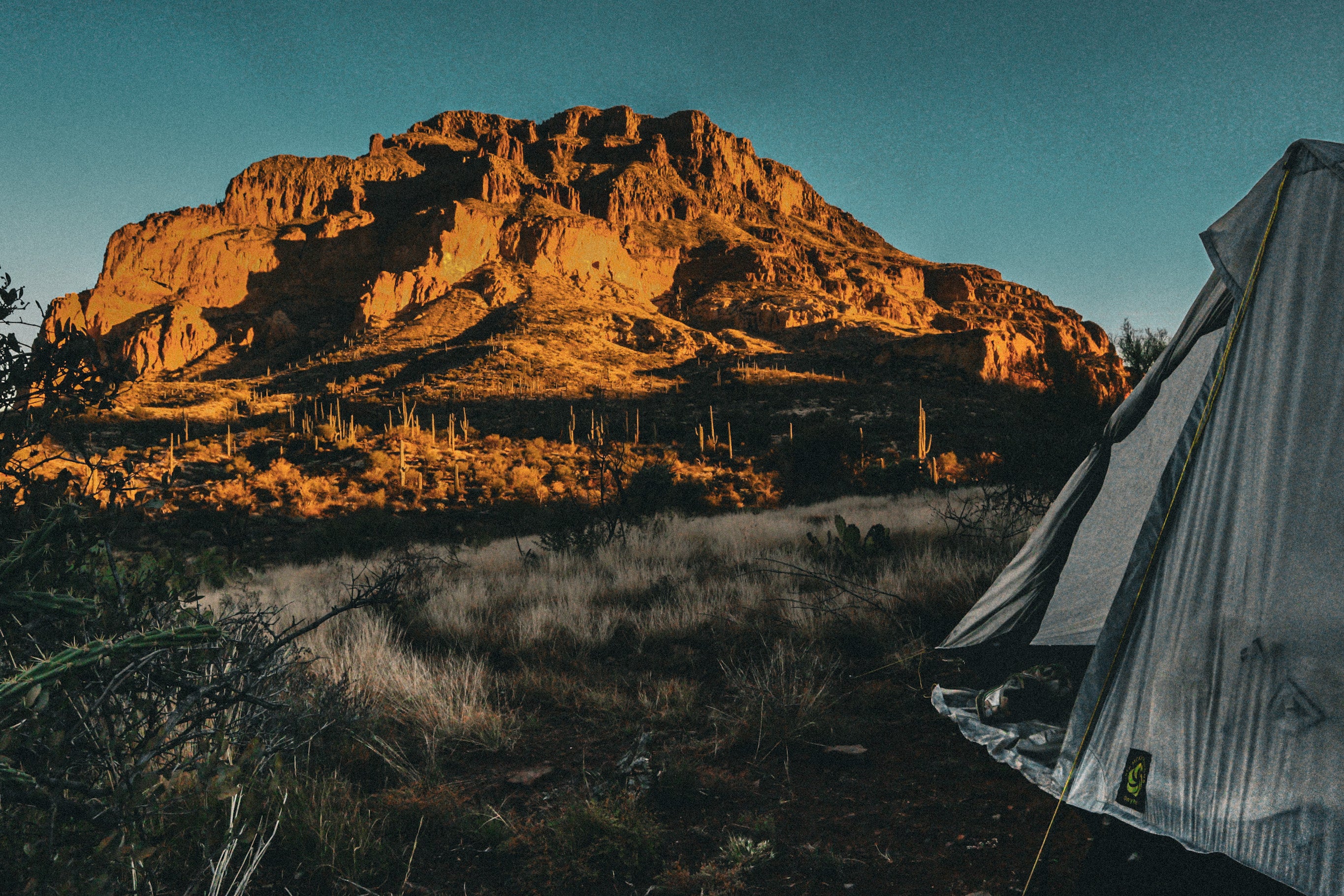
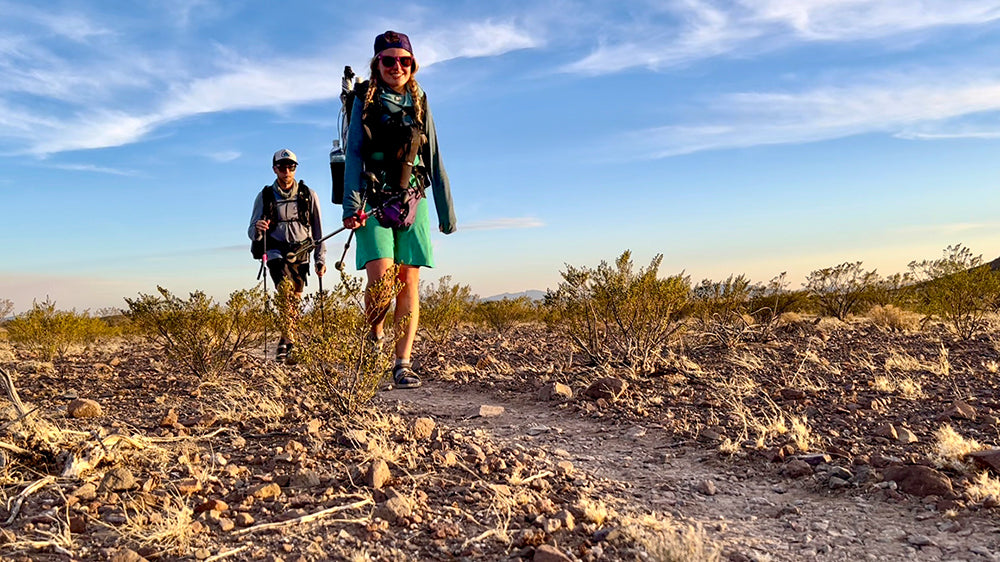
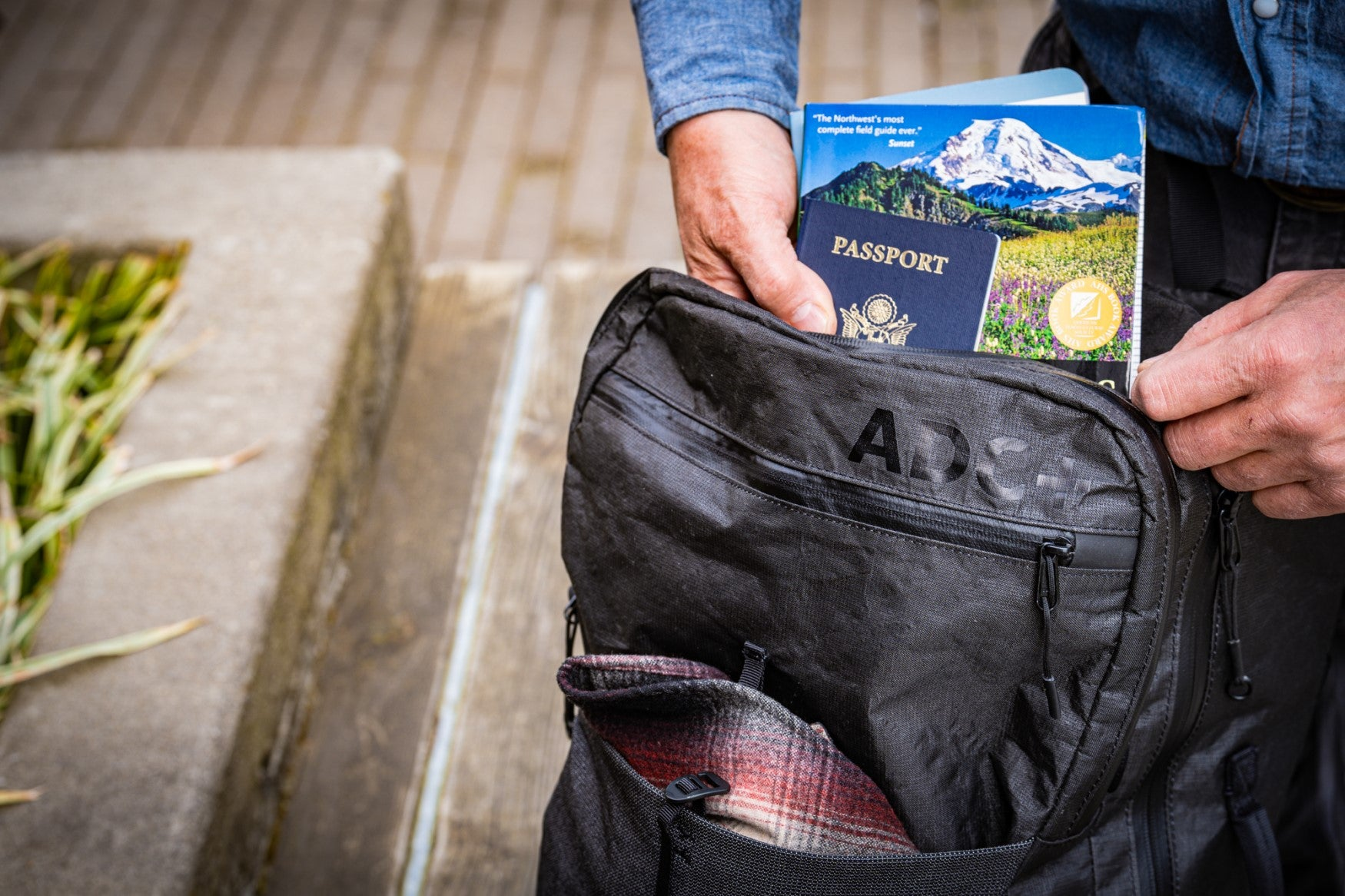
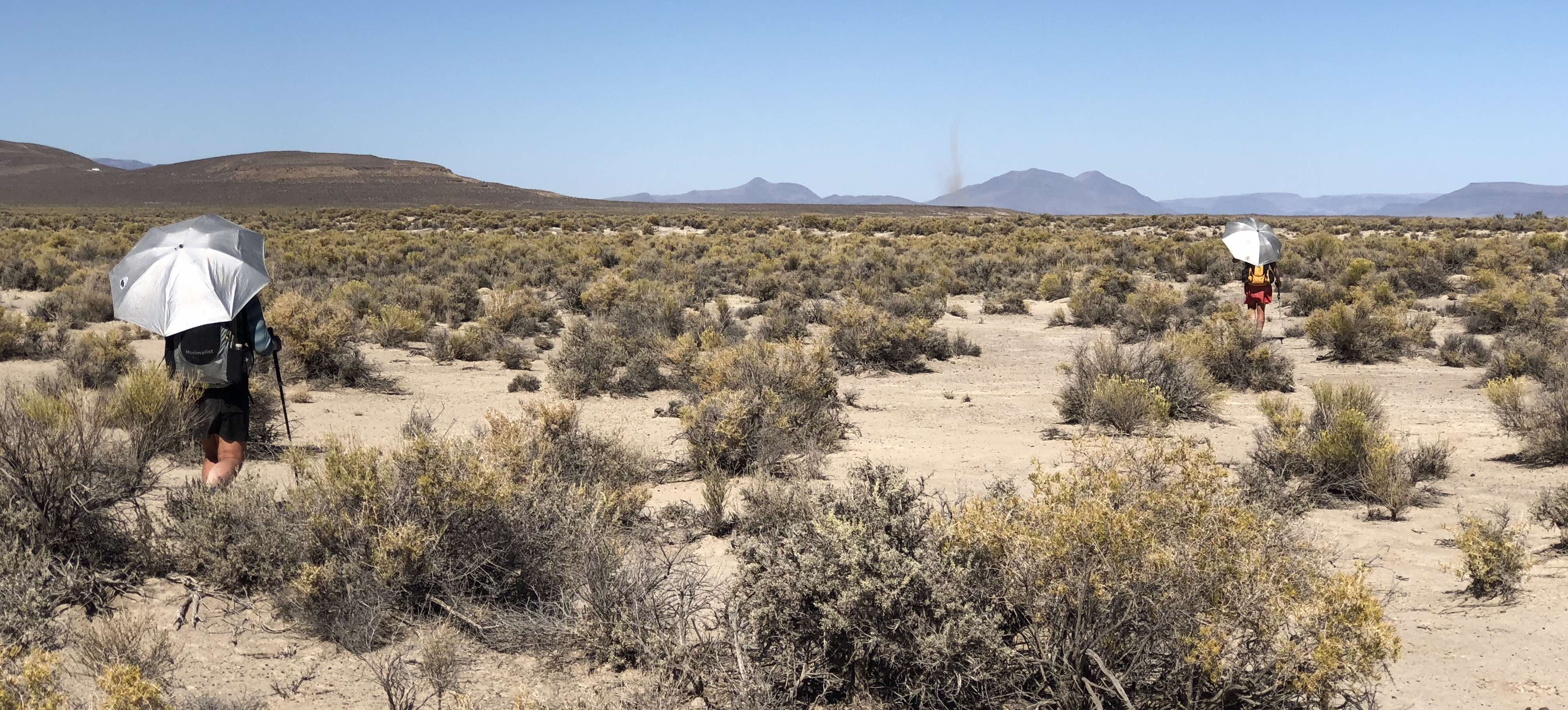
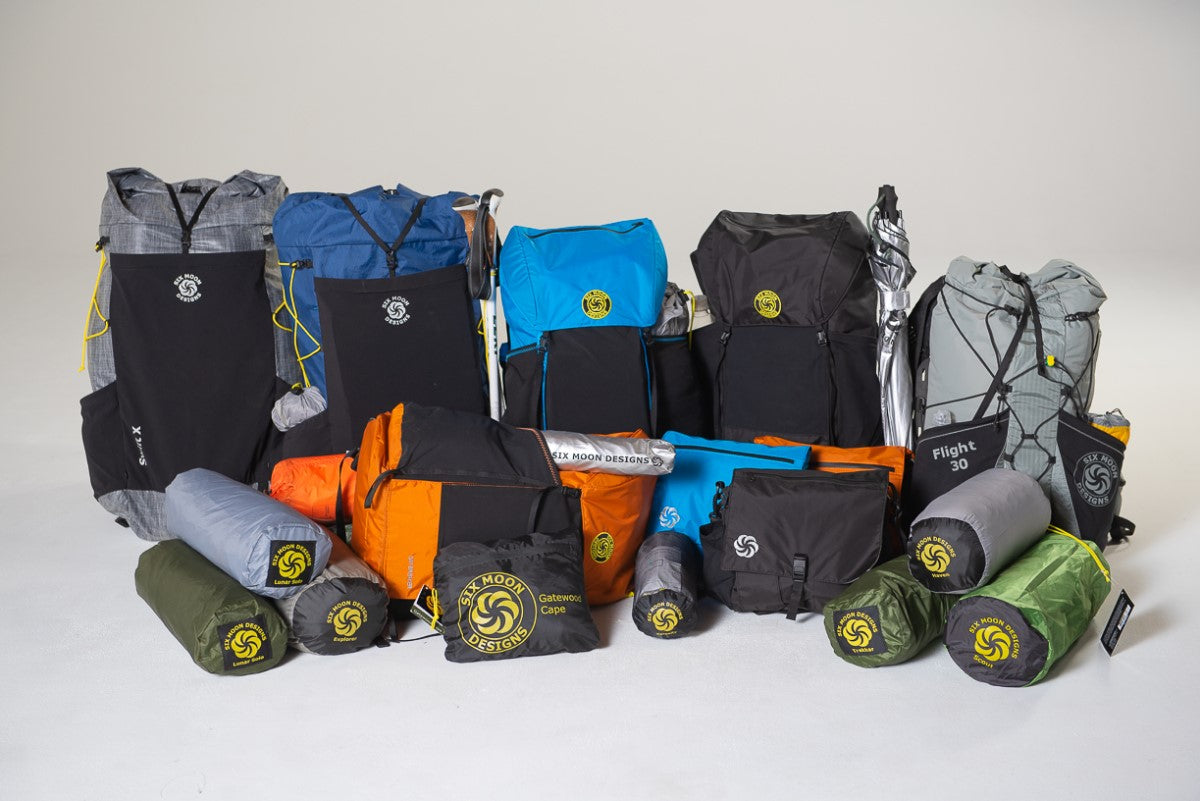
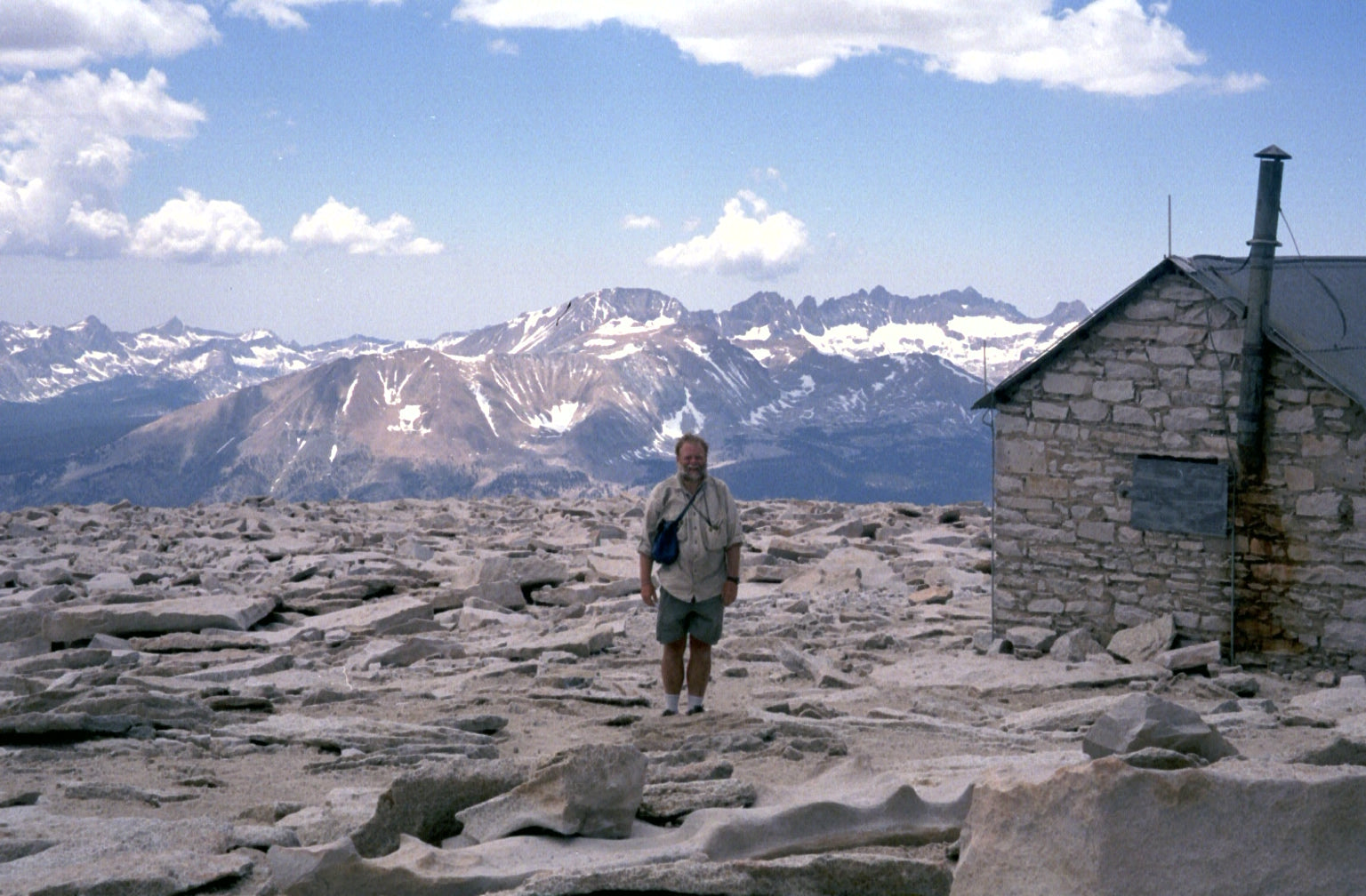


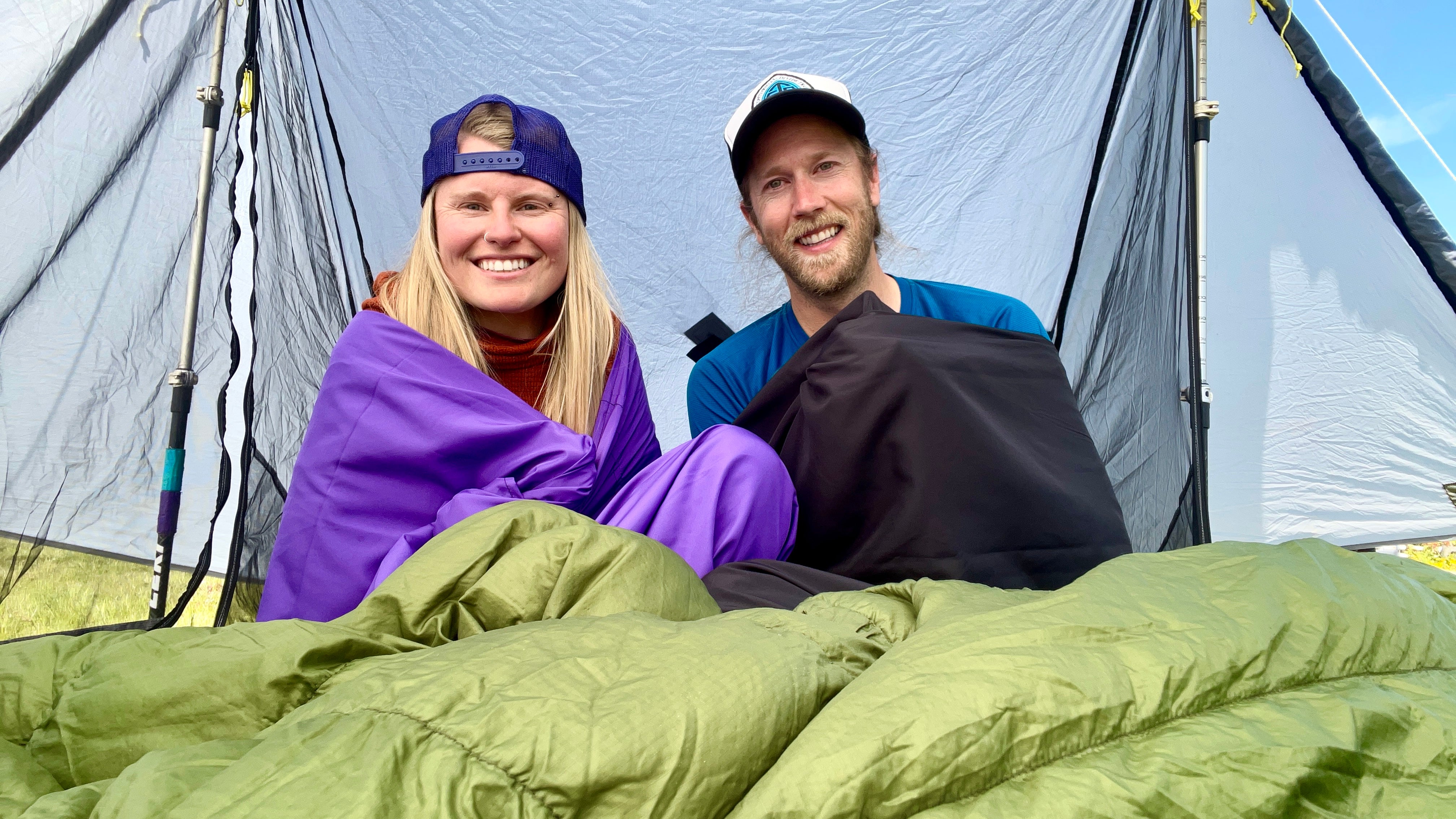
Leave a comment
This site is protected by hCaptcha and the hCaptcha Privacy Policy and Terms of Service apply.